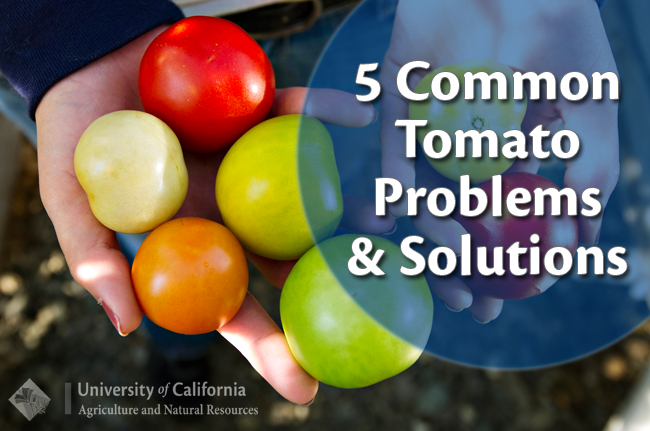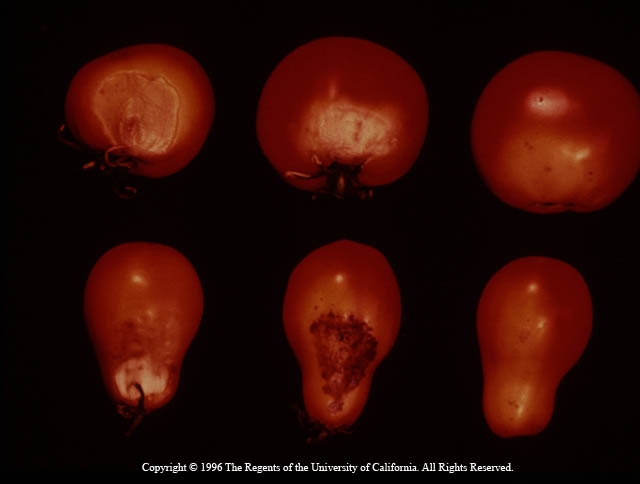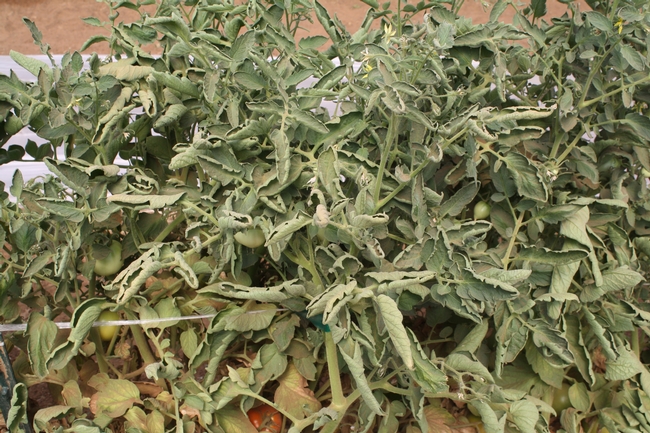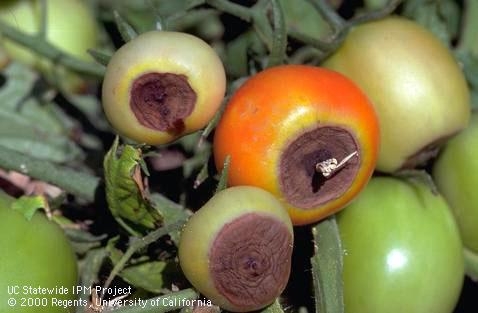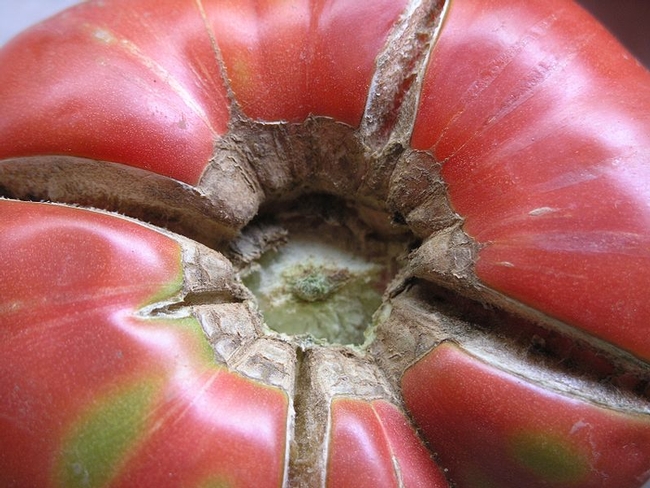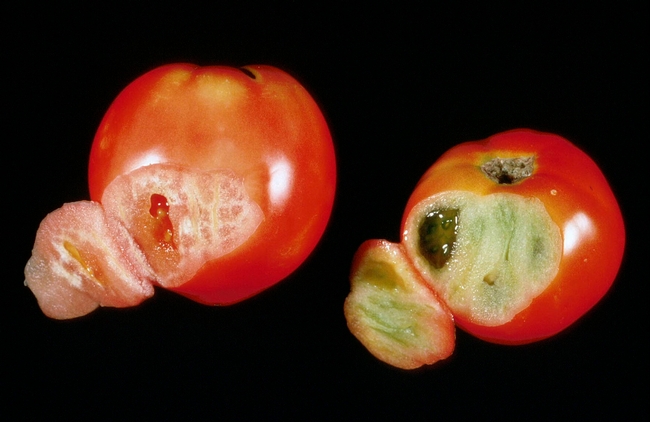Posts Tagged: Tips
New Year, New Garden! January Gardening Tips
Happy New Year from the statewide UC Master Gardener Program. Gardening in January can be a challenge with the cold weather and shorter days. However, January can be an excellent month for garden maintenance and preparing your landscape for spring and summer.
From giving your garden a makeover to planning for a vegetable garden, there are endless opportunities to stay active in the garden in January. What steps can you take to improve your garden this month? Here are a few tips to get you started:
- Watch weather reports. Accordingly, protect your plants from frost and other weather conditions. Cover them when necessary and adjust watering both for cooler temperatures and for seasonal rains.
- Don't forget about your houseplants. Make sure to keep your houseplants watered, as they tend to dry out from indoor heating during the winter months.
- Clear dead plants and debris. Give your garden a clean look for the New Year and allow more space for new growth. Don't forget to pull out weeds.
- Keep your garden tools sharp and clean. Avoid rust and dullness and prepare for the pruning that takes place in January and February.
- Prune dead or damaged branches. Since January is the dormant season, it is the ideal time to prune. Prune your fruit trees while avoiding apricot and cherry trees. For more instructions on how to prune, check out this pruning guide.
- Start your vegetable garden indoors. Expand your growing season and start seeds, you can plant cabbage, chard, broccoli, cauliflower, and spring lettuce, to name a few. You can also start them in a cold frame or greenhouse.
- Plant flower bulbs. Get a jump start on planting flower bulbs this month, which can lead to a longer spring bloom!
- Plan your spring and summer vegetable garden. Design a garden plan now to prepare for spring planting. A great first step is to draw a map of your garden on grid paper and consider which seeds you want to plant and where.
January is a time of new beginnings, including in your garden. By preparing now, you can expect fantastic results in the spring and summer months.
Ask your local UC Master Gardener Program
January can be an unusual time in the gardening world, but we are here to help. For more gardening help and local county resources, click here to Find a Program. You will be redirected to your local county website and contact information. UC Master Gardener volunteers are available to help answer questions for FREE about your garden.
5 Common Tomato Problems and Solutions
One of the most versatile and rewarding plants in a summer edible garden is the tomato. According to a 2014 study by the National Gardening Association, 86 percent of homes with vegetable gardens grow tomatoes. It is understandable that the tomato plant is a popular home vegetable garden staple, tomatoes offer thousands of different varieties options and flavors. Plus, nothing beats the flavor of a ripe tomato straight from the garden.
When properly cared for, a single tomato plant can produce 10 to 15 pounds (4.5 to 6.8 kg) or more of fruit. If tomato yields aren't what was expected or the fruit is damaged it could be due to a number of abiotic disorders, diseases or pests. Abiotic disorders result from nonliving causes and are oftentimes environmental, for example: unfavorable soil conditions, too much or too little water, temperature extremes, physical or chemical injuries, and other issues that can harm or kill a plant. Below are five common abiotic disorders of tomatoes and recommended remedies from the UC Agriculture and Natural Resources publication, Growing Tomatoes in the Home Garden.
1. Sunburn
Problem: Fruit turns light brown and leathery on side exposed to sun.
Cause: Overexposure to sunlight.
Solutions:
• Maintain plant vigor to produce adequate leaf cover.
• Avoid overpruning.
• Provide partial shade during hours of most intense sunlight.
2. Leaf Roll
Problem: Older leaves roll upward and inward suddenly, leaves become stiff to the touch, brittle, and leathery.
Causes: High light intensity and high soil moisture, particularly when plants are staked and heavily pruned
Solution:
• Choose less-susceptible varieties.
• Maintain even soil moisture.
• Provide shade during hours of intense sunlight.
3. Blossom End Rot
Problem: Water-soaked spot on blossom end of fruit enlarges and darkens, becomes sunken and leathery. Affects both green and ripe fruit, and is more common on sandier soils.
Causes: Calcium nutrition and water balance in the plant, aggravated by high soil salt content and fluctuating soil moisture.
Solutions:
• Maintain even soil moisture.
• Amend planting area with compost to improve water retention.
• Avoid heavy applications of high-nitrogen fertilizer.
• Soils deficient in calcium may be amended with gypsum.
4. Fruit Cracks and Catfacing
Problem: Circular concentric cracks around the stem end (concentric cracking), cracks radiating outward from the stem (radial cracking), malformation and cracking at the blossom end (catfacing).
Causes: Very fast growth with high temperatures and high soil moisture levels. Wide fluctuation in soil moisture and or air temperature. Any disturbances to flower parts during blossoming.
Solution:
• Keep soil evenly moist.
• Maintain good leaf cover or provide partial shade during hours of most intense sunlight.
• Mulch around the plant 3 to 7 inches deep to maintain soil moisture and temperature.
5. Solar Yellowing and Green Shoulders
Problem: Yellow or yellow-orange instead of normal red color, upper portions of the fruit remian green even though the lower portion appears red and ripe.
Cause: High temperatures and high light intensity.
Solutions:
• Maintian plant vigor to produce adequate leaf cover.
• Avoid overpruning.
• Provide partial shade during hours of most intense sunlight.
Pests eating away at your tomatotes?
Other damages that are caused to tomato plants can be caused by a variety of pests. Some examples of common pests, include: hornworms, tomato fruitworms, tomato pinworms, stink bugs, white flies, and leafminers. For information about identifying and managing pests in your edible garden visit the UC Integrated Pest Management (UC IPM) website, ipm.ucanr.edu.
Looking for free gardening advice?
Since 1981, the UC Master Gardener Program has been extending UC research based information about home horticulture, sustainable landscape, and pest management practices to the public. Through a vast network of more than 6,000 certified UC Master Gardener volunteers, the program is administered by local UC Cooperative Extension (UCCE) county offices across California. Contact the UC Master Gardener Program in your county for more information about edible gardening or upcoming educational workshops, mg.ucanr.edu.
Resources:
Growing Tomatoes in the Home Garden Publication 8159, anrcatalog.ucanr.edu/pdf/8159.pdf






